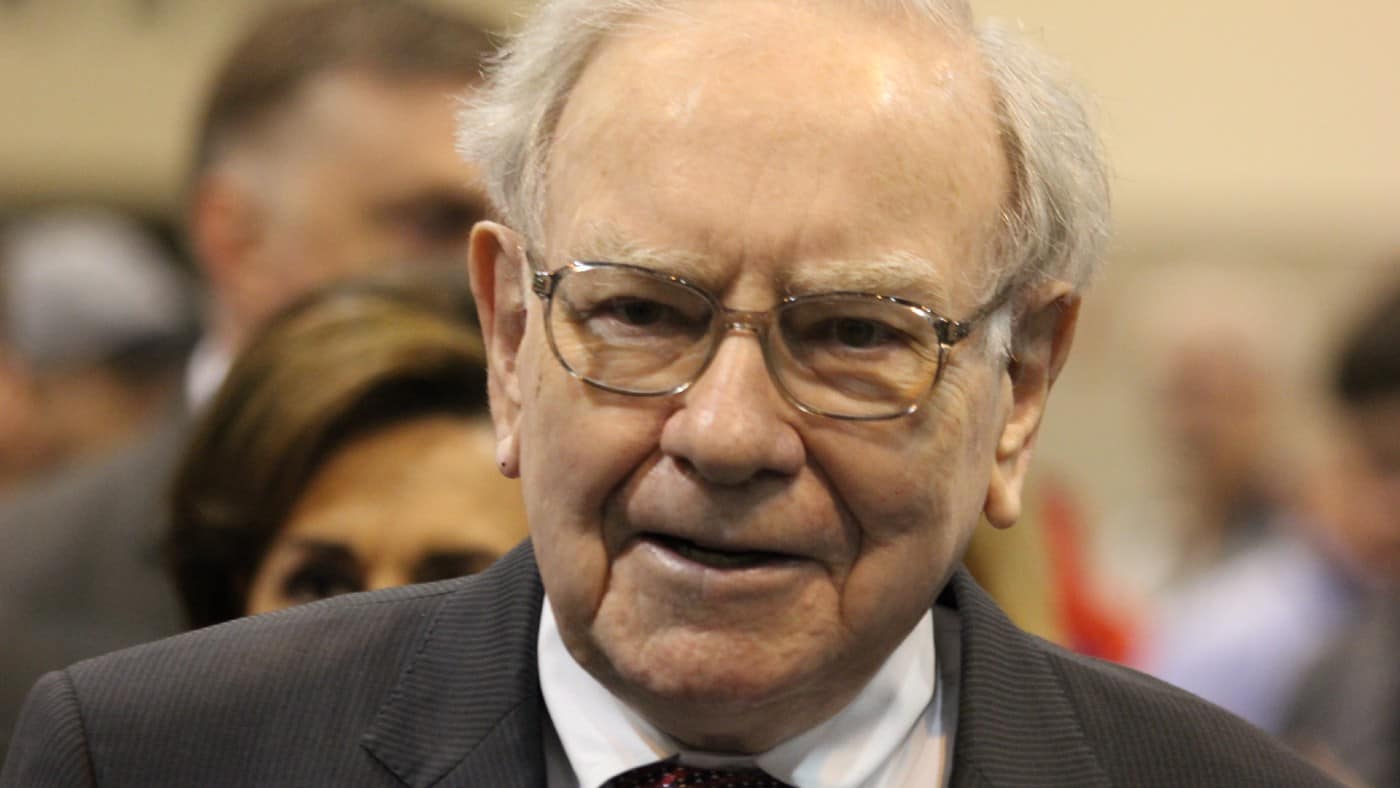Image source: The Motley Fool
2024 has seen a new high in the FTSE 100 and soaring indexes on the other side of the pond. Despite that, I am still hunting for bargain shares to buy for my portfolio.
I will continue to do that in 2025. Here’s how.
First things first. What exactly is a bargain?
Maybe I could buy a share for less than its assets are worth. That is the approach taken by Warren Buffett early in his career. Surprising though it may seem, some shares trade for less than their assets are worth even now. In fact, when investors talk about investment trusts trading at a discount to net asset value, that is exactly what they are referring to.
But I would prefer to find shares to buy that are a bargain compared to what I expect them to be worth in the long term.
Step two: finding brilliant businesses
So I look for companies I think have a sustainable competitive advantage in a field I expect to see high demand over the long run.
There are thousands of companies listed on the UK and US stock markets. Most I do not understand – and in many cases, I do not even properly understand the business area they are in.
So, I stick to my “circle of competence“, as Buffett refers to it, and focus on businesses I reckon I can get to grips with.
Step three: spotting a valuation gap in my favour
However, even a brilliant business can make a lousy investment. If I overpay for a share relative to its intrinsic value, I could be in the situation where my shareholding is worth less than I paid for it even as the company continues to grow profits.
So I look for situations to buy shares at significantly less than I think they are worth.
Sometimes I get it wrong. For example, a price crash following a profit warning can sometimes seem like a buying opportunity, but later turns out to be a harbinger of a company in trouble. What looks like a bargain can be a value trap.
So I focus on businesses with proven business models that I think have strong long-term prospects.
Putting the theory into practice
As an example, this year I have invested in Crocs (NASDAQ: CROX).
After soaring 162% in five years, it might seem that Crocs is anything but a bargain. In fact, though, the share trades on a price-to-earnings ratio of under eight.
The footwear market is here for the long run, if you’ll excuse the pun. Crocs has a strong brand, distinctive design, and competitive manufacturing costs. By expanding its range, it has hopefully overcome what I see as a key risk, that its shoes will fall out of favour with buyers as the fickle winds of fashion blow.
Risks remain that help explain the cheap price, such as ongoing sales challenges for the company’s Heydude brand.
But when looking for shares to buy, my focus is on the long-term potential not short-term sales trends. I will continue to apply that approach as I scour the market for bargains heading into 2025.
Credit: Source link













